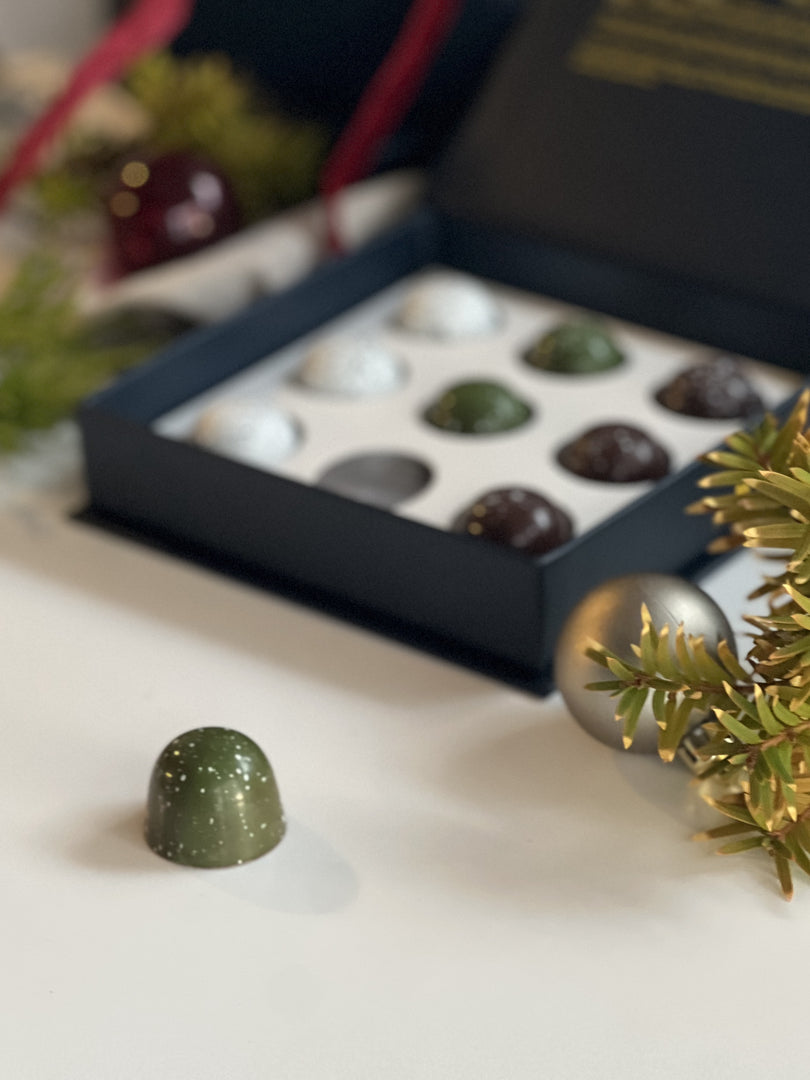In the heart of New Spain, a cat named Señor Hankito was born to a conquistador father and a mother native to the land. His mother’s life ended bringing him into the world, and though raised among Spanish colonialists, Hankito felt little connection to his European roots. A spirit of rebellion coursed through him from an early age, and he soon found himself drawn not to gold or glory but to the cacao groves—the sacred plant cherished by his mother’s ancestors and now fast vanishing under foreign rule.
Cacao was more than just a crop to Señor Hankito; it was a symbol of resilience and culture. Determined to preserve this rich heritage, he took to the land as an outlaw, crafting a life in the shadows, far from the reach of colonial laws. He developed a taste for the rich, dark cacao of Cahabón and the fiery heat of Guatemalan Cobanero chile—a combination that became his signature blend. The flavors spoke of the land itself: earthy, potent, and fiercely enduring. As each piece of chocolate melted, the warmth of the chile intensified, reminding him of his heritage and his purpose.
But Hankito’s ambitions reached beyond savoring the cacao for himself. Using his keen wits and stealth, he established the first trade route from Acapulco to the Philippines, ensuring the cherished cacao would find a future across oceans, even if it meant taking risks and defying the powerful. Though his actions put him at odds with colonial law—and eventually led to his outlaw status in Mexico for hunting certain endangered bird species—Hankito’s vision was clear. He knew that introducing cacao into forests could bring a revival of wildlife, with bird populations multiplying fourfold in cacao-rich ecosystems.
Far from the courts of the conquistadors, Señor Hankito created his own brand of justice, one rooted in preservation and connection to the land. He was not just a rogue but a guardian of his culture, sowing seeds of cacao and rebellion wherever his paws led him. His legacy became a tale told in whispers—a feline outlaw who defied empires, protected cacao, and left a trail of fiery, rich chocolate wherever he roamed.










